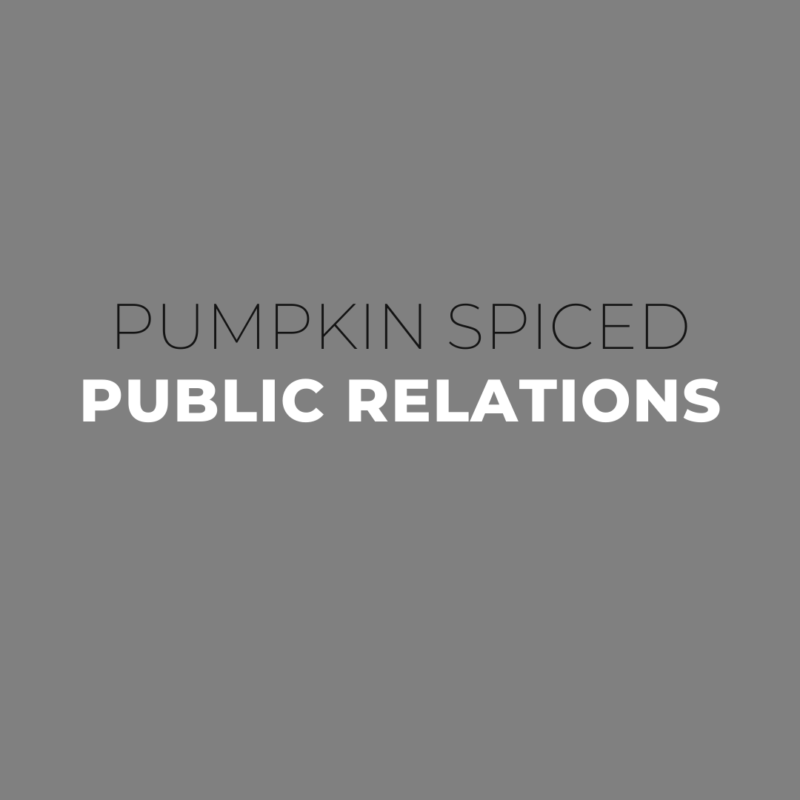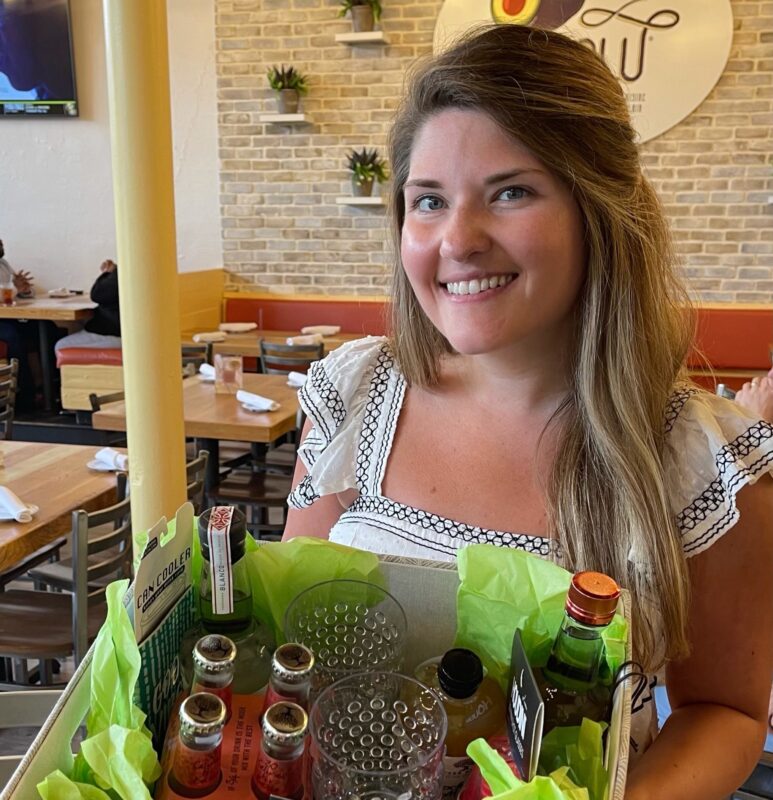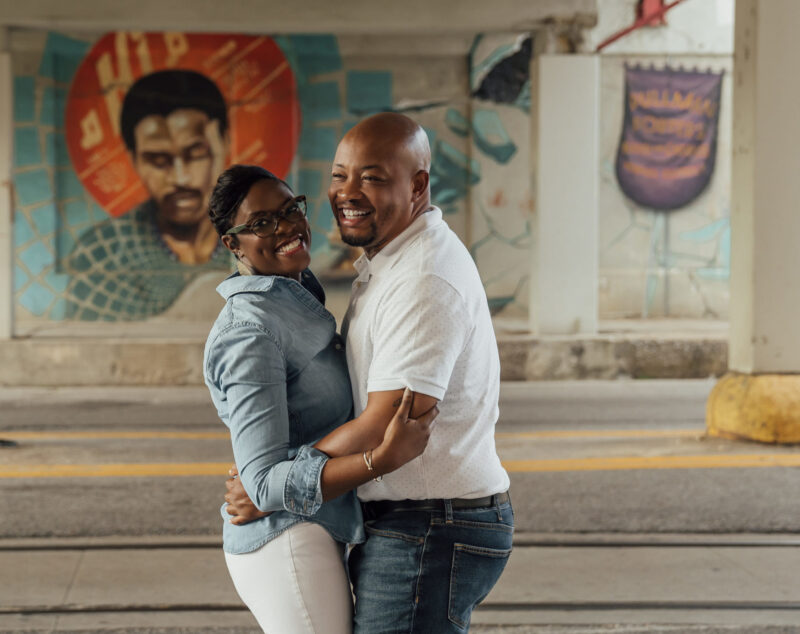Electing a Pope in the Modern World
Eight years ago, I was sitting in my trigonometry class at St. Louis Catholic High School in Lake Charles, La. While I usually dreaded the math class, that day was different. That was the final day the 2005 papal conclave – the first in my lifetime – which elected Pope Benedict XVI. We watched the white smoke billow out of the Sistine Chapel live right there in my class. Little did I know that I would experience another rarity (a papal abdication) and another conclave so soon. Nor did I realize how much would change.
Just like the most recent Olympics and presidential election, the digital world we live in makes this papal election quite a different animal than it ever was before. Consider the following:
Fantasy Conclave – This friendly competition is not unlike fantasy football except there is no money involved, and prizes are provided by sponsors. You choose the cardinal you believe will be the next pope, the day on which he will be elected and the name you think he will choose. (I went with Cardinal Rivera Carrera from Mexico, day three, and said he would choose the name Leo.) I’m sure my grandmothernever expected something like this.
- Pope Alarm – This digital notification service is only for the most dedicated conclave watchers. It sends a text message, email or both to registered users to notify them as soon as the white smoke appears, confirming the next pope. This may include a text in the wee hours of the morning as Rome is anywhere from five to eight hours ahead of the United States.
- Papal watchers on Twitter – Mashable published a handy dandy list of five of the top papal watchers to follow during the conclave. The list includes a reporter who first broke the news of Benedict XVI’s abdication because she understands Latin.
This papal conclave also brought to the forefront the idea of campaigning for certain candidates. Although the church works very hard to maintain the secrecy of the ballots and the conclave, it seems that the more connected we are, the more speculation there is. I found several interesting articles on this phenomenon:
- The Sweet Sistine – Tapping into the popularity of March Madness, the Religion News Service put together this bracket of what they believe is the most likely list of candidates. They even included odds provided by Irish bookmaker paddypower.com.
o If you’re interested, here’s the final bracket developed from more than 40,000 votes.
- A possible American pope – There has never been an American pope, but it seems that the American media was pretty excited about the fact that…there could be. There was a lot of buzz surrounding Cardinal Sean O’Malley from Boston and Cardinal Timothy Dolan from New York.
- A wide open field – There was no clear favorite, which may be why so many people were campaigning and speculating and hoping to influence the outcome.
The church hasn’t changed much in the last few hundred years, so I didn’t count on social media, citizen journalists or the 24/7 news cycle altering the process or the outcome. Still, it made for quite an interesting conclave, and it sure was fun to feel like a participant…even if it is just part of the Fantasy Conclave! Unfortunately, I was nowhere close to winning the fantasy league. Not many people were. Only 0.7 percent of participants, or 41 people, chose Cardinal Jorge Mario Bergoglio. Only six correctly predicted that he would be chosen on day two, and no one was anticipating that he would choose Francis as his papal name. But I guess congratulations are in order for Michael Brennan of Wisconsin, who officially won and gets bragging rights for the remainder of Pope Francis’ tenure!



